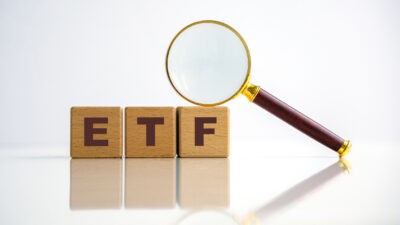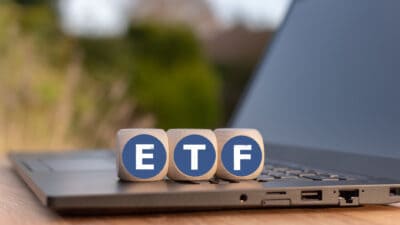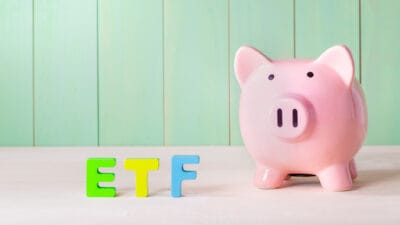Exchange-traded funds (ETFs) can be excellent ways to build your wealth over the long-term.
A key problem with investing is that unless you do it all yourself, you're going to be saddled with fees. Even the Industry Super Funds come with fees on their investments, which are unavoidable.
You can do very well if you can achieve the average market return with ETFs, which some invest in the whole market for you with very low costs. Here are two of the best options in my opinion:
BetaShares Australia 200 ETF (ASX: A200)
This ETF invests in 200 of the biggest shares on the ASX. It has a management fee cost of only 0.07% per annum, which is extremely low for an ASX investment vehicle.
The great benefit of getting indirect exposure to shares like Commonwealth Bank of Australia (ASX: CBA) and BHP Group Ltd (ASX: BHP) is that we get a very pleasing dividend yield passed through to us based on the underlying dividend yields of the ETF's larger holdings like the big banks.
According to BetaShares, the ETF has a dividend yield of 4.7% plus the bonus of the franking credits.
Vanguard US Total Market Shares Index ETF (ASX: VTS)
The main problem with ASX shares is that a lot of them don't have much growth potential due to the limited size of Australia (and New Zealand).
The US market has excellent characteristics because a lot of the bigger US companies generate their underlying earnings from the entire globe. I'm thinking of shares like Microsoft, Amazon, Alphabet (Google), Berkshire Hathaway, Exxon Mobil and so on.
This Vanguard US ETF has an annual management fee of only 0.03%, which is incredibly low.
If you invest in this ETF you getting exposure to high-quality earnings from around the world. But they're generally investing more for growth compared to ASX shares, so the dividend yield is lower and the valuation is somewhat higher. According to Vanguard the ETF's dividend yield is 1.8%.
Foolish takeaway
Although I wouldn't relish the idea of buying either the US or Australian share market at these highs, they wouldn't be terrible with how low interest rates are predicted to go.






